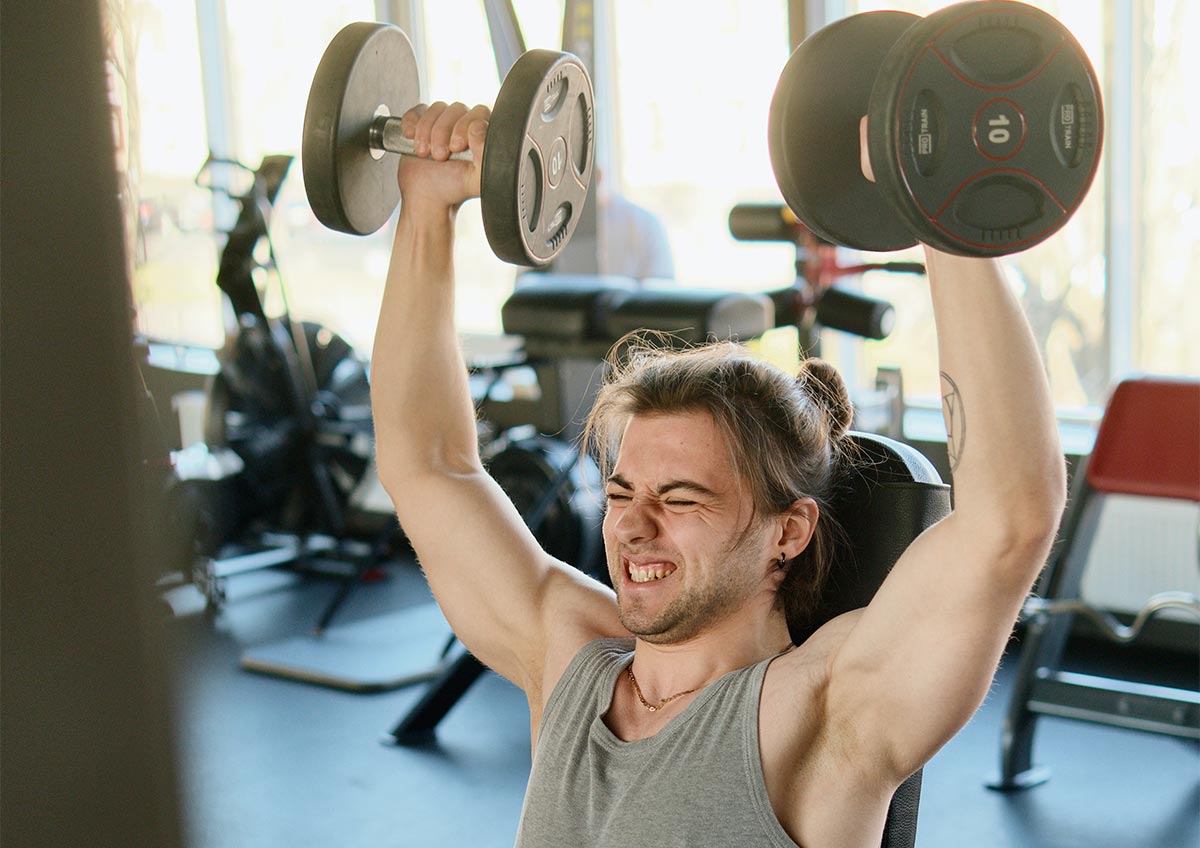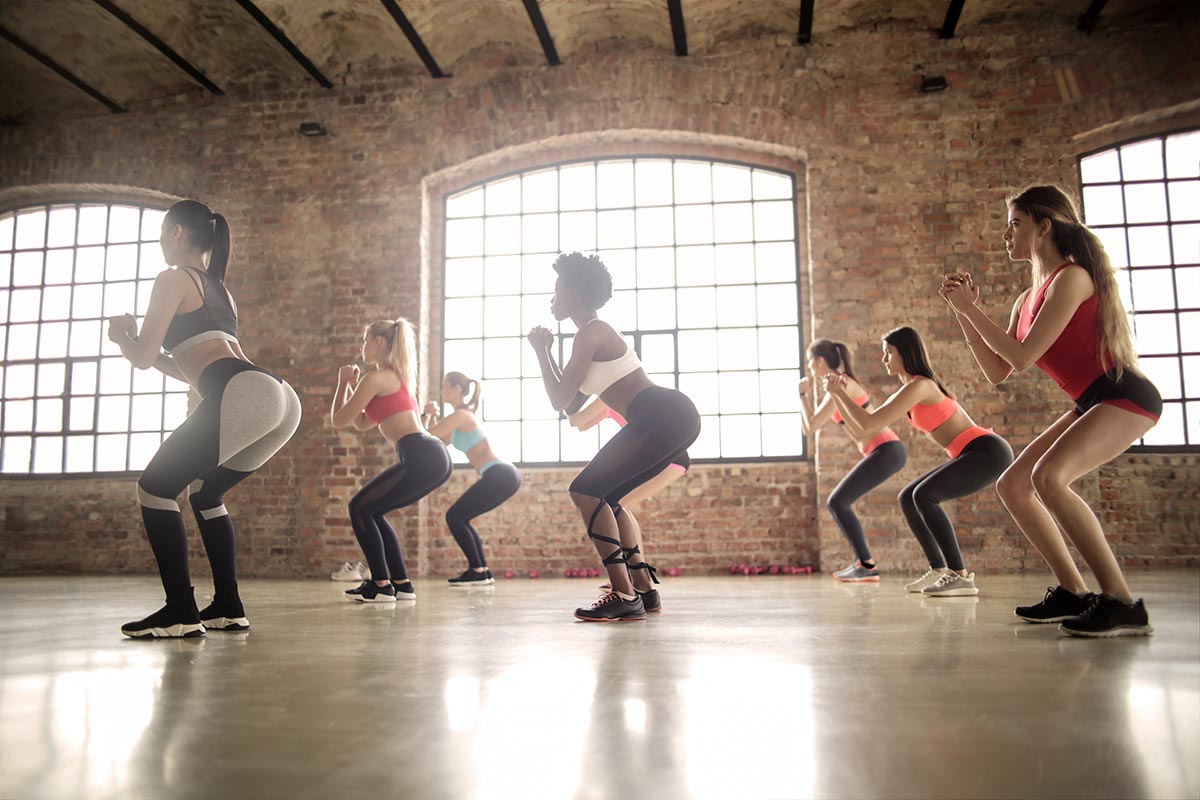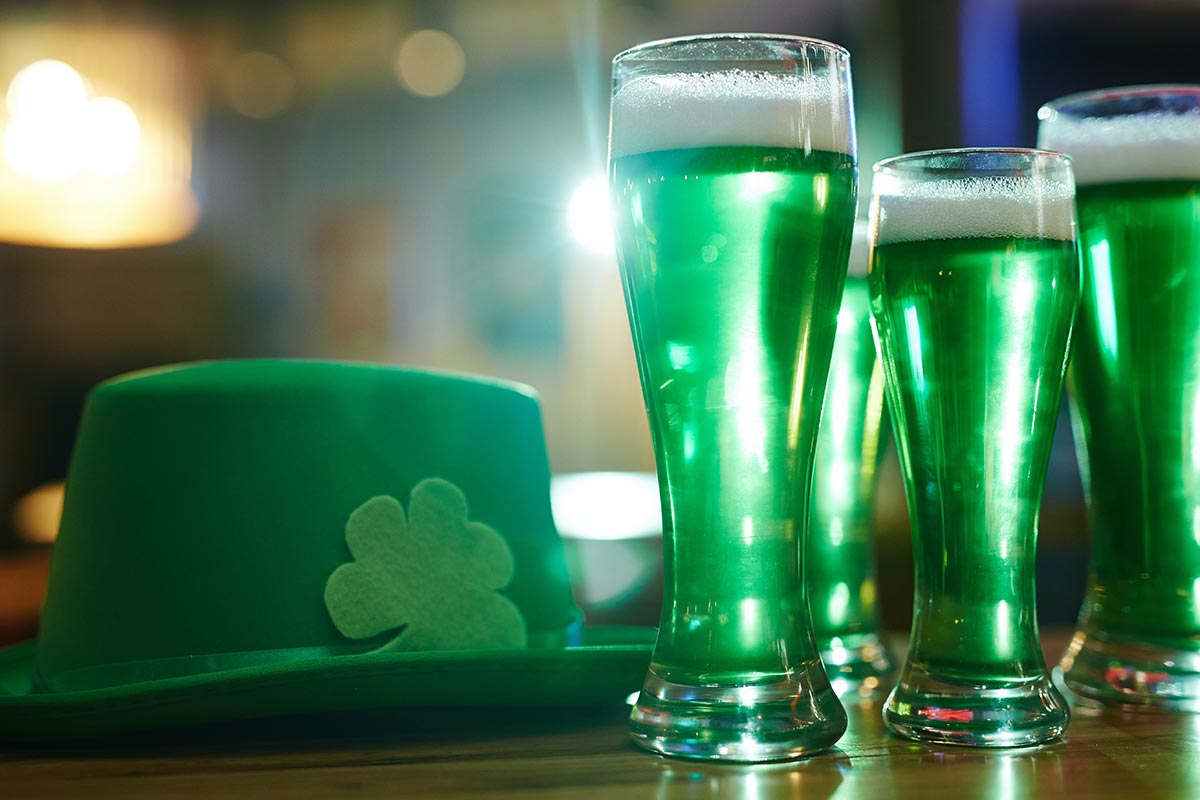The mantra "no pain, no gain" has echoed through gyms and training grounds for decades, often misinterpreted as a license to push through any discomfort in the pursuit of fitness goals. Many believe that unless they're experiencing significant pain after a workout, they haven't worked hard enough. This misguided belief can lead to serious consequences, including injuries and setbacks. It's time to debunk this myth and embrace a smarter, more sustainable approach to training that prioritizes long-term health and well-being. This article will explore the dangers of the "no pain, no gain" philosophy, explain how to differentiate between normal muscle soreness and injury-related pain, and provide practical strategies for training effectively without causing unnecessary damage.
The Origin and Misinterpretation of "No Pain, No Gain"
The phrase "no pain, no gain" originated in the early 1980s, quickly becoming a popular slogan in the fitness world. However, its original intent was often misconstrued. It was meant to encourage pushing beyond your comfort zone, not to endure actual pain. The problem arises when this encouragement is taken too literally, leading individuals to ignore their body's warning signals. This misinterpretation contributes to a culture where pain is seen as a necessary component of progress, which can be detrimental to long-term fitness goals. It’s important to distinguish between the discomfort of exertion and the sharp, localized pain that signals an injury.
Pain: The Body's Warning System, Not a Measure of Success
Pain is not a badge of honor in the fitness world; it's a vital communication tool from your body. It's a signal that something is wrong and requires attention. If we didn't experience pain, we wouldn't know when we're pushing ourselves too hard or when an injury has occurred. This could have disastrous consequences, leading to chronic conditions and long-term setbacks. Therefore, it's crucial to respect pain as a warning signal and not ignore it in the name of progress. Understanding the difference between muscle fatigue and pain is essential for safe and effective training.
Distinguishing Between Discomfort and Pain: Knowing When to Stop
There's a difference between the normal discomfort of muscle fatigue and the sharp, localized pain that indicates an injury. Discomfort is often described as a burning or aching sensation in the muscles, which typically subsides within a few days after exercise. Pain, on the other hand, is usually sharp, stabbing, or throbbing and can persist or worsen with continued activity. If you experience any sharp pain, swelling, or limited range of motion in a joint, it's crucial to stop exercising immediately and seek medical advice if the pain persists. Ignoring these warning signs can lead to more serious injuries and prolonged recovery times.
The Dangers of Ignoring Pain: Setting Yourself Up for Injury
Continuing to exercise through pain can have serious consequences. It can lead to muscle strains, ligament sprains, tendonitis, and even stress fractures. These injuries can sideline you for weeks or even months, hindering your progress and potentially causing long-term damage. Some trainers or coaches may recommend pushing through the pain, but this is ill-advised and can be detrimental to your health. A more effective approach is to listen to your body, respect its limitations, and prioritize proper recovery.
Training Smart: Prioritizing Proper Form and Progressive Overload
Effective training doesn't require constant pain. It's about using proper form, gradually increasing the intensity of your workouts (progressive overload), and allowing your body adequate time to recover. Focusing on proper form ensures that you're targeting the intended muscles and minimizing stress on your joints. Progressive overload involves gradually increasing the weight, reps, or sets you perform over time, challenging your muscles without causing excessive damage. Adequate rest and recovery allow your muscles to repair and rebuild, leading to greater strength and fitness gains.
Supporting Joint Health: Nutrition and Supplementation
Supporting joint health is crucial for long-term fitness success. Here are some strategies to keep your joints healthy and pain-free:
- Nutrition for Joint Health: A balanced diet rich in fruits, vegetables, whole grains, and lean protein provides essential nutrients for joint health. Omega-3 fatty acids, found in fatty fish, flaxseeds, and chia seeds, have anti-inflammatory properties that can benefit joint health [1].
- Hydration: Staying well-hydrated is essential for maintaining healthy cartilage and synovial fluid, which lubricate and cushion your joints. Aim to drink plenty of water throughout the day.
- Consider Joint Supplements (Consult a Doctor): Certain supplements, such as glucosamine and chondroitin, may provide additional support for joint health. However, it's essential to consult with your doctor before starting any new supplement regimen, as they can interact with medications or have side effects [2].
The "no pain, no gain" philosophy is outdated and potentially harmful. It's time to embrace a smarter, more sustainable approach to fitness that prioritizes long-term health and well-being. Listen to your body, respect its limitations, and prioritize proper form, progressive overload, and adequate recovery. By training smart, you can achieve your fitness goals without sacrificing your health. Remember, fitness should be an enjoyable and rewarding journey, not a painful ordeal.
- National Institutes of Health (NIH). (Various publications on omega-3 fatty acids and health).
- National Institutes of Health (NIH), Office of Dietary Supplements. (Various publications on glucosamine and chondroitin).













